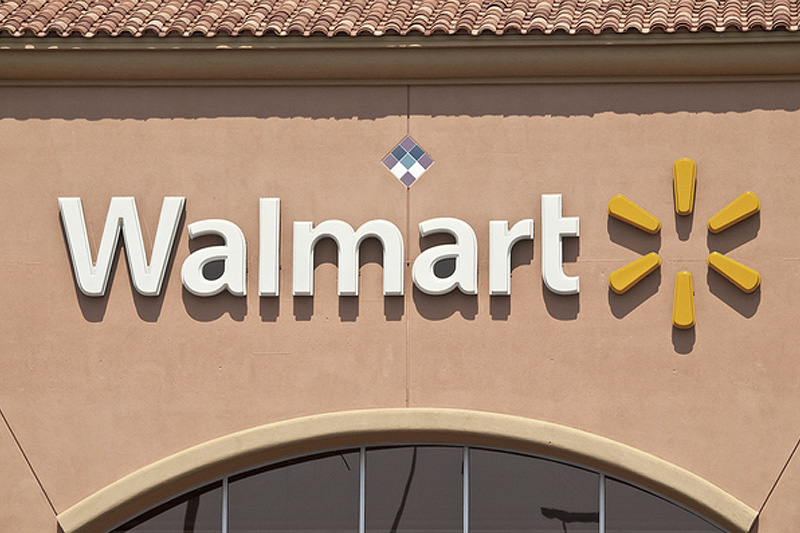By Angelo Young - Nestled in the latest annual report from Wal-Mart Stores Inc. NYSE:WMT is a line that underscores just how much the world’s largest general merchandise retailer and its shareholders have depended on public assistance programs in recent years.
The company’s fiscal year 2013 report includes the cautionary statement that’s required under securities regulations from all publicly-listed companies. The purpose is to inform the public of factors that could harm future profitability. Such statements are routine and tend to list just about any potential risk factor. In Walmart’s case the sentence disclosing risk factors is a staggering 668 words long and includes dozens of risks, including natural disaster, civil unrest, changes to income and corporate tax rates and ongoing investigations against the Bentonville, Ark.-based company.
But a couple of linees stand as newcomers to Walmart’s menu of risks. Here’s what the annual report released Friday says:
“Our business operations are subject to numerous risks, factors and uncertainties, domestically and internationally, which are outside our control . . . These factors include . . . changes in the amount of payments made under the Supplement[al] Nutrition Assistance Plan and other public assistance plans, changes in the eligibility requirements of public assistance plans, . . .”

In other words, Walmart for the first time in its annual reports acknowledges that taxpayer-funded social assistance programs are a significant factor to its revenue and profits. This makes sense, considering that Walmart caters to low-income consumers. But what’s news here is that the company now considers the level of social entitlements given to low-income working and unemployed Americans important enough to underscore it in its cautionary statement.

Walmart reported a 21 percent drop in net profit, to $4.4 billion, in its fourth quarter ended Jan. 31 compared to the year-ago period. The company cited the unusually harsh winter that struck many parts of the U.S. as a primary factor.

But prior to the earnings report, company CFO Charles Holley cited greater-than-expected negative impact from reductions to the Supplemental Nutrition Assistance Program (SNAP) that went into effect on Nov. 1, the first day of the company’s fourth quarter. The cuts led to a between $1 and $36 reduction in SNAP benefits per household, or up to $460 a year. Congress is currently debating reinstating the extension to the program and making the benefits retroactive to Nov. 1, something Walmart would clearly consider beneficial to its growth.
Enrollment in SNAP benefits increased by 70 percent between 2007, a year prior to the sub-prime lending crisis that sent the U.S. into its longest recessionary period since the Great Depression, and 2011, when enrollments began to level off.
Walmart has paid $7.23 per share in dividends over the past five years, according to Thomson Reuters. It’s expected to pay out $1.98 to shareholders this year and $2.19 in fiscal 2015, according to analysts’ estimates.
